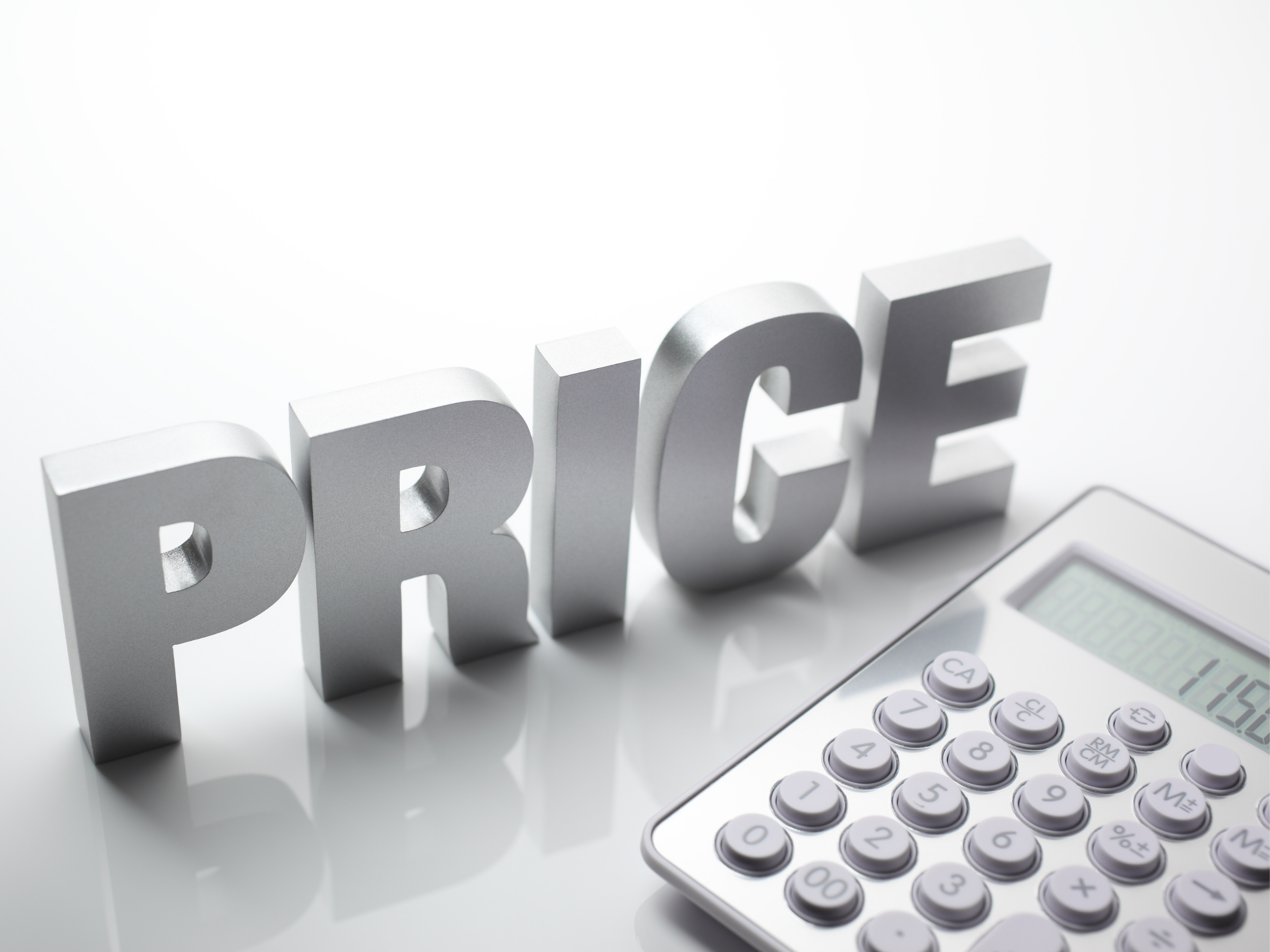Not all sales are created equal. There are several reasons that that happens. One of those reasons is that every decision is a profit decision where profit is measured in time, energy, and money. Therefore, when we sell something, it requires time, energy, and money. Now, if you have good money but it robs you of your time and energy, that's not a good pricing model. Additionally, if you have time to pull it off but it's not profitable, that's not an ideal pricing model either.

Therefore, you should evaluate your products and your pricing as often as is necessary to get you to where you want to go. You can't just price something today and hope it's going to keep working at that price forever. Otherwise, your profitability is going to go down.
Understanding Real Revenue and Top-Line Revenue
Real revenue is the gross revenue which is what you sold before discounts, rebates, inventory, credit card processing, etc. For instance, a $30-widget with a 35% cost of goods creates $19.50 in real revenue. Real revenue is the money you have to use to pay yourself, to put back for profit and distribute, to cover the IRS and pay for taxes, and to fund your operating budget (which includes your team).
For example:
A $30-widget with a 35% cost of goods creates $19.50 in real revenue. Here’s a sample breakdown of your real revenue:
Cost of goods at 35% – $10.50
Real revenue: $19.50
To be taken off your real revenue:
50% – Owner’s pay – ($9.75)
5% – Profit – ($0.98)
15% – Tax – ($2.93)
30% – Operating Budget – ($5.85)
*Note that the operating budget funds the debt.
Now, if you sold 1,000 widgets a month, your top-line revenue would be $30,000. You pay 35% of that in the cost of goods at $10,500. Therefore, you have a real revenue of $19,500. This is the plate you have to eat off of.
50% – Owner’s pay – ($9,750)
5% – Profit – ($980)
15% – Tax – ($2,930)
30% – Operating Budget – ($5,850)
Creating Separate Accounts
You have to have the profit account, the tax account, and the owner's pay account. A lot of times, owners are not paying themselves properly. They're not making profit distributions and they’re typically stressed out about tax because they're not spending in those two buckets. That's because they don't really know what to put back for tax.
Most of the time, they're over in their operating budget. Additionally, sometimes they're not willing to spend money on things their business needs because they're afraid they're not going to have enough money left to pay tax. They're also not sure what to pay themselves. What you have to understand is that there's a lot of psychology that goes into the flow of money.
If you want to learn more about how to work out a great pricing model in your business, check out 056: Pricing for Profitability in 2021 & Beyond
